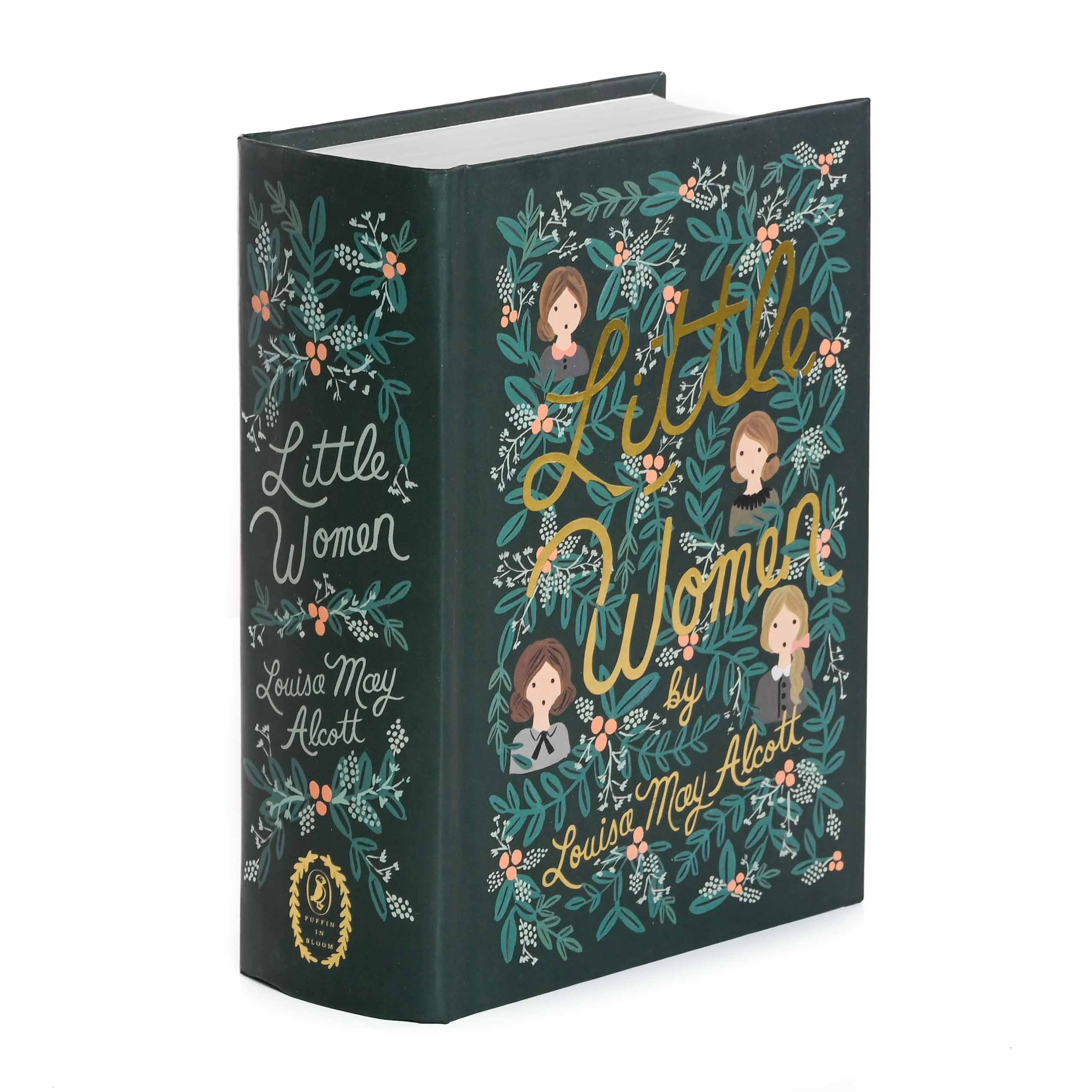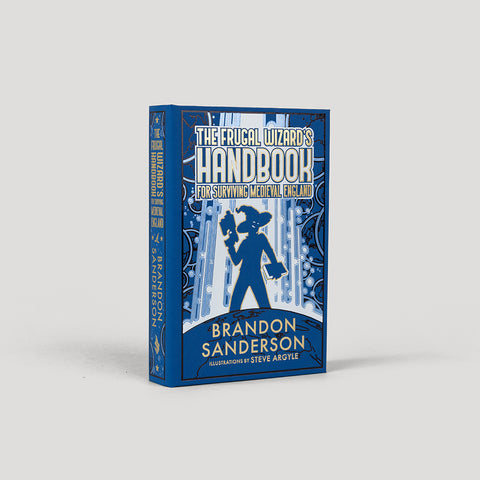Must-Have Hardcover Books for Every Genre Enthusiast
A Comprehensive Overview to the Refine of Hardbound Books Printing
When you start the journey of hardbound book printing, comprehending the whole procedure is vital. As you navigate through binding and top quality control, you'll locate that every decision affects the book's overall allure.
Understanding the Hardcover Book Framework
When you discover the world of hardbound books, you'll promptly observe that their framework is distinct and willful. The outer case, commonly made from strong cardboard, supplies resilience and protection. You'll discover a fabric or natural leather treatment, which not just boosts looks but also includes to guide's long life. Inside, the endpapers connect the cover to the message block, ensuring a smooth interchange.
The message block itself includes several trademarks, or folded sheets, stitched with each other for strength. You'll see that the back is enhanced, permitting a smooth lay-flat reading experience - hardcover books. In addition, guide's weight commonly shares a sense of top quality and durability
Hardcover publications commonly feature a dirt coat, which acts as an advertising and marketing device while securing the cover. Understanding these components assists you value the workmanship behind hardcover books and their special appeal in the literary world.
Manuscript Prep Work and Modifying
Obtaining your manuscript prepared for printing is necessary, and it starts with appropriate format standards. You'll require to recognize the modifying procedure to refine your work and guarantee it reverberates with readers. Plus, grasping checking techniques can assist you capture those troublesome errors prior to your publication mosts likely to print.

Manuscript Format Standards
Appropriate manuscript format is important for creating a professional-looking hardcover publication. Beginning by picking a basic typeface like Times New Roman or Arial in 12-point dimension. Usage double-spacing throughout the record to boost readability. Establish your margins to 1 inch on all sides, providing your text area to take a breath. Number your pages in the leading right edge, and include your chapter titles at the beginning of each new section. Usage clear headings to suggest areas, and prevent excessive format like vibrant or italics unless required. Make certain to proofread your manuscript for consistency stylishly, guaranteeing that whatever from spelling to spacing sticks to your chosen guidelines. Complying with these steps will certainly establish a strong foundation for your publication.
Editing Refine Fundamentals
Editing your manuscript is a crucial step that can transform it from a harsh draft into a sleek last item. Bear in mind, editing isn't just about dealing with mistakes; it's concerning improving your voice and guaranteeing your message resonates with viewers. Welcome the process, and you'll see your manuscript luster.
Proofreading Methods Introduction
As soon as you've polished your manuscript through modifying, the following action is to guarantee it's free of errors that can distract readers. Review your manuscript aloud-- this aids you listen to awkward phrasing and place typos. Take into consideration publishing your manuscript; reading on paper can expose errors that screens miss.
Creating the Publication Cover and Inside
When you're making your book cover and inside, you'll wish to concentrate on crucial layout aspects that capture your target market's attention. Selecting the ideal typography styles and carefully picking shades and imagery can make all the distinction in conveying your book's theme. Let's discover exactly how these choices can boost your work and bring in visitors.
Important Layout Elements
Producing an eye-catching publication cover and a properly designed interior is important for drawing in readers and boosting their experience. Start with the cover; it's your impression. Pick colors and photos that mirror your book's motif and state of mind. Ensure your title attracts attention and is readable, also in thumbnail size.
For the interior, concentrate on design and white room. A clean, organized design assists viewers browse effortlessly. Take into consideration using phase headings and subheadings to guide them through the content. Aesthetic elements, like graphics or pictures, can also boost engagement but ought to complement the text, not bewilder it. Remember, a cohesive style throughout your publication fosters an expert look that can considerably impact a viewers's decision to choose it up.
Choosing Typography Styles
Typography plays an essential function in both the book cover and indoor layout, forming exactly how readers regard your content. When choosing typography designs, consider your book's category and target audience. A timeless serif font may work well for literary fiction, while a modern-day sans-serif could match a modern novel. Warranty readability; your message ought to be simple on the eyes, especially for longer passages. Pay focus to font dimension and line spacing, as these components influence general circulation. Mixing fonts can add rate of interest, yet restrict it to two or three to keep coherence. Believe about power structure-- use different designs for headings and body message to lead visitors easily with your job. Your typography options will considerably affect the viewers's experience.
Color and Images Selection
Picking the appropriate shades and imagery is essential for recording visitors' focus and communicating your publication's motifs. Start by considering your category; lively shades might benefit a children's publication, while muted tones suit an enigma book. hardcover books. Usage imagery that resonates with your content-- images, images, or abstract designs can improve your message
When designing the cover, make particular the imagery doesn't bewilder the title and author's name; clearness is key. This cohesive technique not only elevates your publication's visual however additionally improves the visitor's experience, making it much more memorable.
Choosing the Right Paper and Materials
When selecting paper and materials for your hardcover book, it's vital to contemplate how they'll influence the general feel and look of your task. Beginning by picking the best paper weight; much heavier stock usually conveys top quality and sturdiness, while lighter paper can develop an extra fragile touch. Take into consideration the surface as well; shiny paper enhances shades and photos, while matte can supply an advanced, understated look.
Don't neglect concerning the cover materials. Towel, natural leather, or published paper can set the tone for your book. If your project consists of photos, go with acid-free paper to stop yellowing with time. Additionally, consider the binding materials; utilizing top quality sticky guarantees your book lasts.
Ultimately, the choices you make below reflect your vision, so make the effort to example various materials (hardcover books). Your options will aid produce a book that's not just visually enticing yet likewise sturdy and useful
The Printing Refine: Methods and Technologies
A selection of printing techniques and modern technologies can bring your hardcover publication to life, each offering one-of-a-kind advantages. go to the website Digital printing is a popular option for short runs, allowing for fast turn-around and cost-efficient solutions.
For special results, you may think about strategies like aluminum foil marking or embossing, which can add a luxurious touch to your cover. In addition, you can choose numerous inks, consisting of environment-friendly alternatives that deal with ecologically mindful viewers. Recognizing these strategies assists you make notified decisions, guaranteeing your hardbound book not just looks wonderful yet additionally meets your production requires effectively. Choose the ideal approach to elevate your publication's charm and impact.
Binding Techniques for Hardcover Books
A number of binding techniques can transform your hardcover publication right into a long lasting and appealing item. An additional technique is the perfect binding, which utilizes adhesive to hold the pages together, permitting for a smooth spine yet less sturdiness compared to instance binding.
You may additionally consider spiral binding, which allows your book to get more lay flat, making it perfect for manuals or workbooks. Nonetheless, it doesn't use the very same safety cover as instance binding. There's the saddle stitch approach, ideal for smaller books, where sheets are folded up and stapled together. Each binding method has its advantages and fits various requirements, so believe about your publication's purpose and target market when choosing the very best choice for your project.
High Quality Control and Final Touches
After picking the right binding technique for your hardbound publication, quality assurance becomes vital to verify your end product meets your expectations. Beginning by checking the printed web pages for any type of mistakes or incongruities in color and layout. You don't intend to miss out on any type of typos or misprints that might influence your viewers' experience.
Next, examine the binding integrity. Confirm the web pages are securely connected which the spinal column is tough. A well-bound publication not only looks expert but also feels resilient in your hands.
Additionally, focus on the cover. Look for any type of scuff marks or imbalances in the artwork. Make certain they're applied constantly across all copies. if you've chosen for special surfaces like embossing or foil stamping.
Ultimately, conduct a thorough inspection of the entire set before transferring to circulation. By doing this, you can confirm that every book shows your high requirements.
Regularly Asked Inquiries
The length of time Does the Hardcover Publication Printing Refine Normally Take?

What Is the Minimum Order Quantity for Hardcover Books?
The minimum order quantity for hardcover books typically begin around 100 copies, but it can vary based upon the printer. You ought to get in touch with your look at here picked printing solution for their details needs and rates.

Can I Print Hardbound Books in Customized Sizes?
Yes, you can print hardcover publications in custom-made dimensions. Lots of printing services provide flexibility with measurements, enabling you to choose a style that suits your job. Just validate the specs before placing your order.
Are There Eco-Friendly Options for Hardbound Book Printing?
Yes, you can locate green choices for hardcover publication printing. Lots of companies utilize lasting inks and recycled materials. Simply ask your printer about their environment-friendly practices to assure your project straightens with your environmental worths.
What Are the Costs Related To Hardbound Publication Printing?
When thinking about hardbound book printing costs, you'll need to consider materials, style, and printing methods. Extra expenditures like delivery and binding can also affect your total budget, so plan appropriately for your job.
When you start the trip of hardcover book printing, comprehending the whole procedure is important.A range of printing methods and innovations can bring your hardbound publication to life, each offering special benefits. Exactly how Lengthy Does the Hardbound Publication Printing Process Typically Take?
The hardbound publication printing procedure usually takes around 2 to 6 weeks.Yes, you can locate green options for hardbound publication printing.